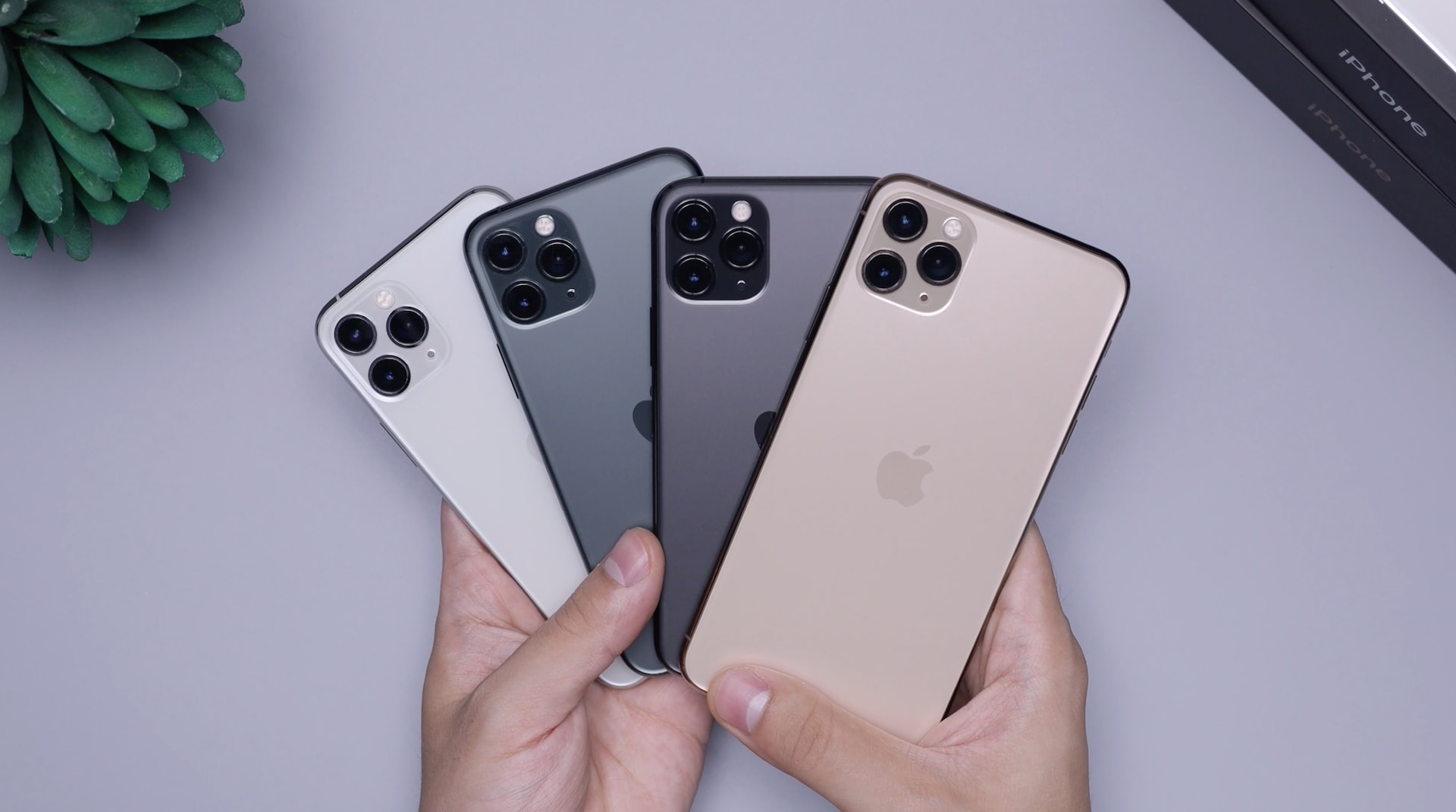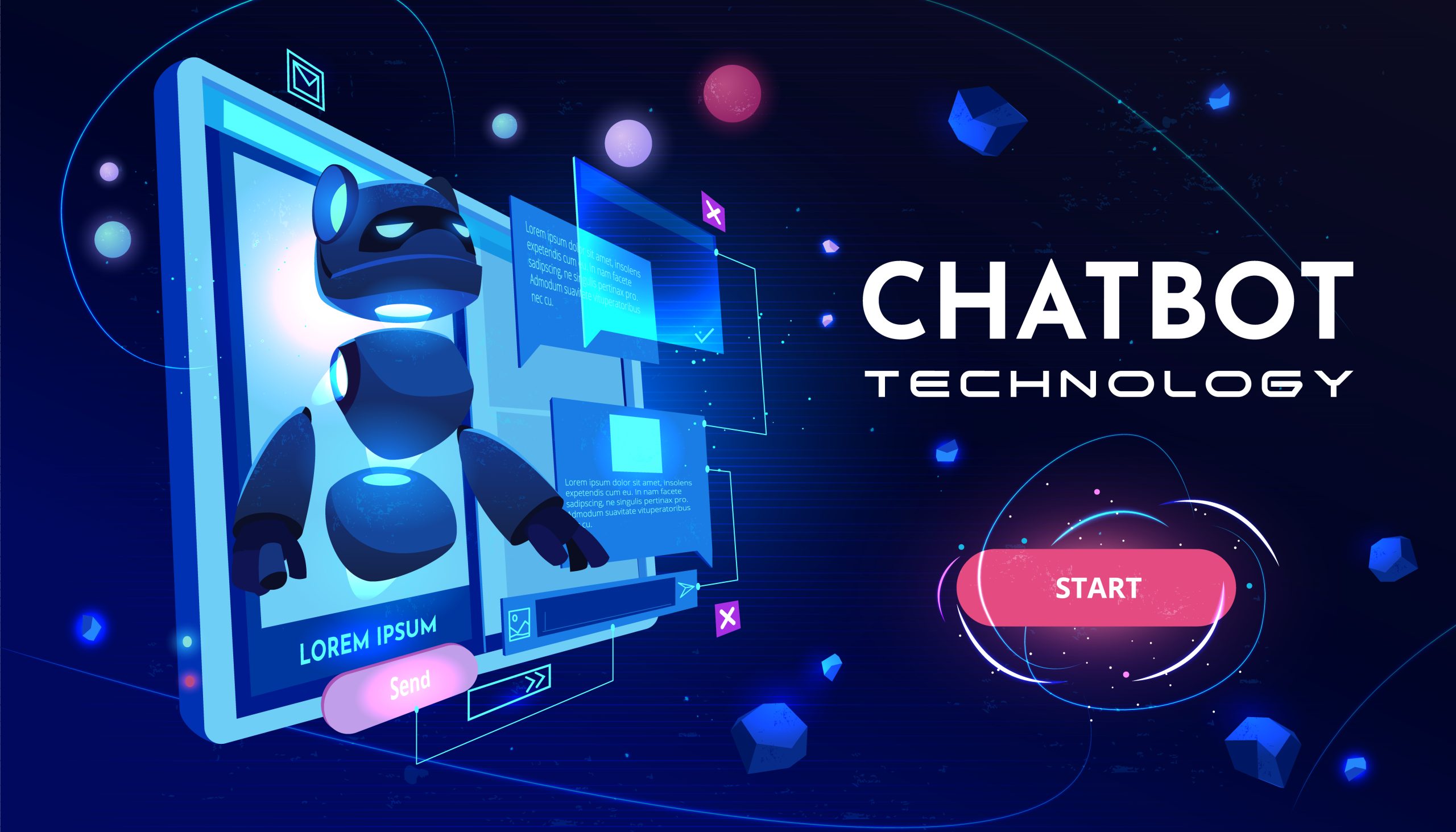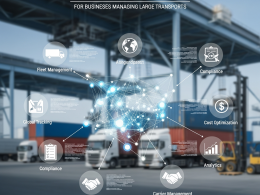The Evolution of Mobile Technology: Innovations, Applications, and Benefits
Mobile technology has significantly transformed industries, lifestyles, and global communication. In this comprehensive exploration, we examine ten groundbreaking developments, analyzing their applications, benefits, and the real-world changes they are bringing.
1. Expansion and Applications of 5G Technology
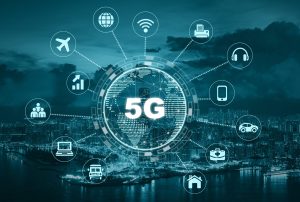
Introduction
5G technology, the fifth generation of wireless networks, has redefined global connectivity standards. Offering speeds up to 10 Gbps and ultra-low latency, it is designed to cater to high-density environments and data-intensive applications. Its rollout represents one of the most significant technological advancements in recent years.
Benefits
- Enhanced Connectivity: Supports billions of devices, essential for enabling smart cities and industrial IoT (Internet of Things).
- Ultra-Low Latency: With latency reduced to less than 1 millisecond, applications requiring real-time responses, like remote robotic surgeries or autonomous vehicles, become feasible.
- Higher Capacity: Accommodates a vast number of devices, reducing network congestion in crowded areas like stadiums or urban centers.
Applications
- Autonomous Vehicles: 5G facilitates real-time communication between cars and road infrastructure, ensuring safer self-driving technologies.
- Gaming and Entertainment: High-speed networks allow for seamless streaming of 4K/8K videos and immersive AR/VR gaming.
- Healthcare: Telemedicine and robotic-assisted surgeries thrive on the reliable, high-speed connectivity of 5G.
Case Study: South Korea’s 5G Smart Cities
Seoul utilizes 5G to monitor traffic patterns in real-time, reducing congestion and improving emergency response times. Smart sensors integrated into the city’s infrastructure enable real-time air quality monitoring, boosting public health initiatives.
2. Emergence of 6G Technology
Introduction
While 5G is still in its deployment phase, the research and development of 6G have already begun. Expected by 2030, 6G aims to provide speeds 100 times faster than 5G and achieve near-zero latency.
Benefits
- Data Transmission Rates: Enabling terabit-per-second speeds will revolutionize industries like media, where massive data files like 3D holograms can be transmitted instantly.
- Seamless Connectivity: 6G networks will support interconnected systems involving billions of devices, paving the way for advanced IoT applications.
- Immersive Experiences: Technologies such as full-dive VR (virtual reality) and tactile internet become more accessible.
Applications
- Digital Twins: Industries will use 6G to create real-time replicas of physical systems, improving operational efficiency.
- Space Communication: Satellites will integrate 6G to enhance global connectivity, ensuring coverage in remote and underserved regions.
- Healthcare: Medical professionals will benefit from real-time 3D imaging for diagnostics and surgical assistance.
Case Study: Nokia’s Vision for 6G
Nokia has invested heavily in developing technologies that use 6G networks for real-time digital twins in manufacturing. These virtual models help optimize production processes, reducing downtime and costs.
3. Integration of Artificial Intelligence in Mobile Devices
Introduction
Artificial intelligence (AI) has become integral to mobile devices, enhancing user experiences and enabling smarter, more efficient operations. From predictive text to voice assistants, AI is reshaping how we interact with technology.
Benefits
- Personalization: AI tailors recommendations based on user behavior, improving efficiency and satisfaction.
- Improved Performance: AI-powered systems optimize battery life, app performance, and data usage.
- Enhanced Security: AI-driven biometric systems offer robust security features, including facial recognition and fingerprint authentication.
Applications
- Voice Assistants: Siri, Alexa, and Google Assistant use natural language processing (NLP) to perform tasks and answer queries.
- Photography: AI-enabled cameras automatically adjust settings for better lighting, focus, and composition.
- Healthcare Apps: AI in apps like Fitbit analyzes health data to provide actionable insights.
Case Study: AI-Powered Photography in Google Pixel
Google Pixel smartphones utilize AI for advanced camera features. For example, the Night Sight feature captures high-quality images in low light, making it a leader in mobile photography.
4. Proliferation of Wearable Technology
Introduction
Wearable technology, including smartwatches, fitness trackers, and AR glasses, has surged in popularity. These devices provide real-time data collection, offering insights into health, fitness, and productivity.
Benefits
- Health Monitoring: Wearables like Fitbit track heart rates, sleep patterns, and physical activity, promoting healthier lifestyles.
- Convenience: Notifications, calls, and texts can be managed directly from wearable devices.
- Workplace Productivity: Wearables assist in time management and task tracking for professionals.
Applications
- Healthcare: Devices like the Apple Watch detect irregular heart rhythms and alert users to seek medical attention.
- Augmented Reality: AR glasses enhance training and remote work by overlaying digital information onto physical surroundings.
- Fitness Tracking: Wearables provide personalized exercise routines and progress tracking.
Case Study: Apple Watch ECG Feature
The Apple Watch’s ECG functionality has saved lives by detecting early signs of heart arrhythmias. A study by Stanford University revealed that wearable ECG devices reduced emergency visits by 15%.
5. Growth of Augmented Reality (AR) and Virtual Reality (VR) Applications
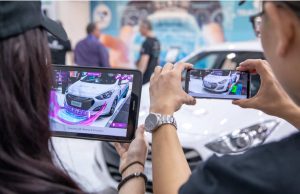
Introduction
AR and VR have expanded beyond gaming to industries such as education, healthcare, and retail. These immersive technologies offer innovative solutions to real-world problems.
Benefits
- Enhanced Learning: VR enables students to explore environments virtually, such as historical landmarks or scientific phenomena.
- Improved Shopping Experiences: AR allows customers to visualize products in their environment before purchase.
- Medical Training: VR provides realistic surgical simulations for training doctors.
Applications
- Retail: IKEA’s AR app lets users visualize furniture placement in their homes.
- Healthcare: AR assists surgeons with overlays of 3D images during operations.
- Entertainment: Games like Pokémon GO have popularized AR on mobile devices.
Case Study: VR in Education
Harvard University uses VR to simulate medical procedures for students, improving retention rates and reducing training costs.
6. Enhanced Mobile Security Measures
Introduction
As mobile transactions and data usage grow, the need for robust security has become paramount. Modern mobile security employs encryption, biometrics, and AI-driven threat detection.
Benefits
- Data Protection: End-to-end encryption ensures privacy in communications and transactions.
- Fraud Prevention: AI algorithms identify and block suspicious activities in real-time.
- Convenience: Biometric authentication provides secure yet user-friendly access.
Applications
- Mobile Payments: Apps like PayPal use two-factor authentication and encryption to protect transactions.
- Data Privacy: Messaging apps such as Signal prioritize end-to-end encryption.
Case Study: Mobile Banking Security at HSBC
HSBC employs facial recognition and fingerprint scanning for its mobile banking app, reducing fraud rates by 40%.
7. Impact of 5G and AI on IoT Devices
Introduction
The combination of 5G and AI is transforming the Internet of Things (IoT), allowing devices to communicate more effectively and in real-time.
Benefits
- Real-Time Data Processing: AI analyzes data on the edge, reducing latency and improving decision-making.
- Automation: Smart homes and factories benefit from autonomous operations.
- Scalability: 5G networks support massive IoT ecosystems with minimal lag.
Applications
- Smart Homes: Devices like Nest Thermostats optimize energy use based on occupancy patterns.
- Agriculture: IoT-enabled sensors monitor soil conditions and weather patterns for precision farming.
Case Study: Smart Farming with John Deere
John Deere’s AI-powered equipment uses 5G connectivity to optimize planting and harvesting schedules, increasing yields by 20%.
8. Role of Mobile Technology in Smart Cities
Introduction
Smart cities rely heavily on mobile technology for managing resources and improving the quality of life. Mobile networks power essential infrastructure like traffic systems, utilities, and public safety.
Benefits
- Resource Optimization: Smart meters monitor and optimize electricity and water usage.
- Improved Mobility: Connected traffic systems reduce congestion and pollution.
- Enhanced Safety: Real-time surveillance improves emergency response.
Applications
- Public Transport: Mobile apps provide live updates on bus and train schedules.
- Energy Efficiency: Smart grids dynamically adjust energy distribution to meet demand.
Case Study: Barcelona’s Smart City Framework
Barcelona uses mobile technology to monitor waste management, air quality, and public transportation, significantly improving residents’ quality of life.
9. Mobile Technology Trends in Healthcare

Introduction
Mobile healthcare has made significant strides in recent years, offering solutions like telemedicine, wearable monitoring, and remote diagnostics.
Benefits
- Accessibility: Mobile apps make healthcare more accessible, especially in remote areas.
- Cost Savings: Remote monitoring reduces hospital readmissions.
- Personalization: Wearables and apps provide tailored health insights.
Applications
- Telemedicine: Platforms like Teladoc connect patients with doctors via video calls.
- Wearable Monitors: Devices like Fitbits track vitals and provide alerts.
Case Study: Philips Remote Monitoring
Philips’ remote cardiac monitoring system reduces readmissions by 30%, saving hospitals significant costs while improving patient outcomes.
10. Future Trends and Market Outlook
Introduction
The future of mobile technology promises integration with emerging technologies like 6G, AI, and advanced IoT ecosystems.
Trends
- Foldable Devices: Samsung and Huawei lead innovations in foldable smartphones.
- Energy Efficiency: Research focuses on battery advancements for longer usage.
- Global Connectivity: Satellites aim to provide internet to underserved regions.
Economic and Societal Impact
- Economic Growth: The mobile industry is projected to contribute $4.5 trillion to the global economy by 2025.
- Digital Inclusion: Mobile technology reduces the digital divide by bringing education and healthcare to remote areas.
Case Study: SpaceX’s Starlink Initiative
Starlink uses low-Earth orbit satellites to provide internet to rural areas, demonstrating the transformative potential of mobile technology.
Conclusion
Mobile technology continues to evolve at an incredible pace, driving innovation across industries and improving lives worldwide. From 5G and AI to wearable devices and smart cities, these advancements promise a smarter, more connected future for all.







